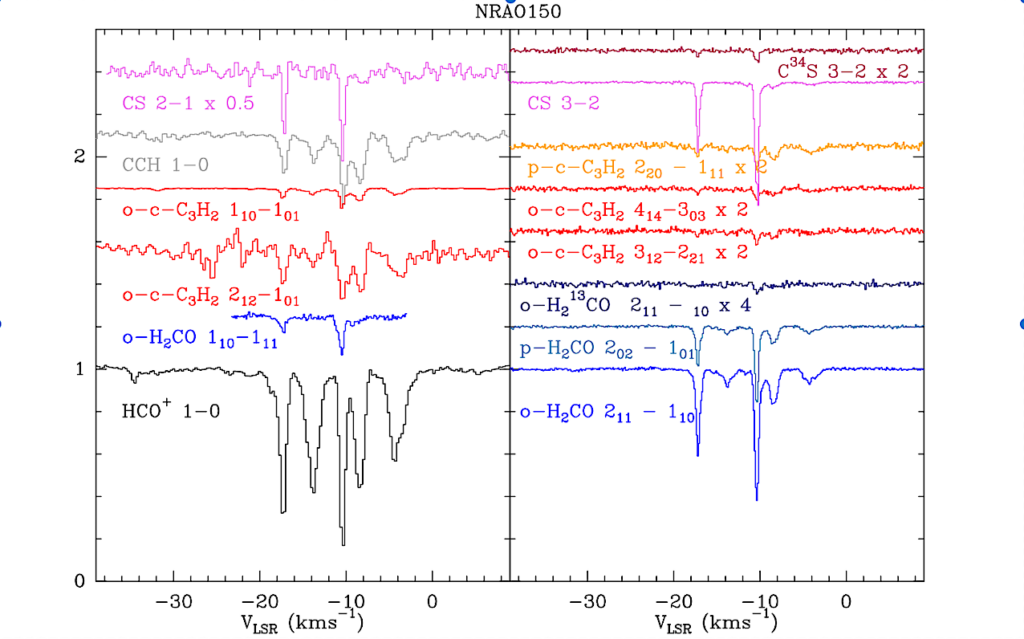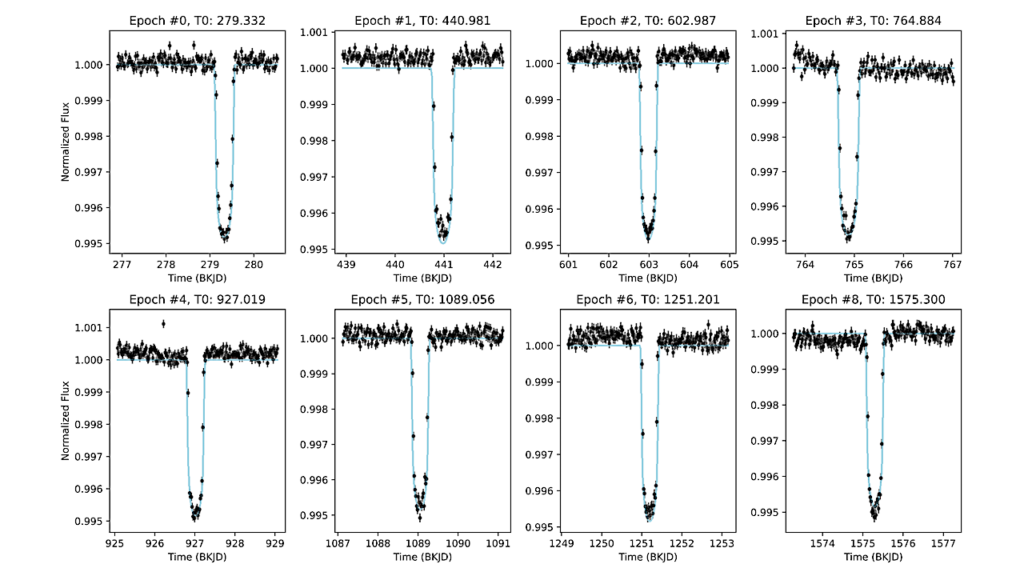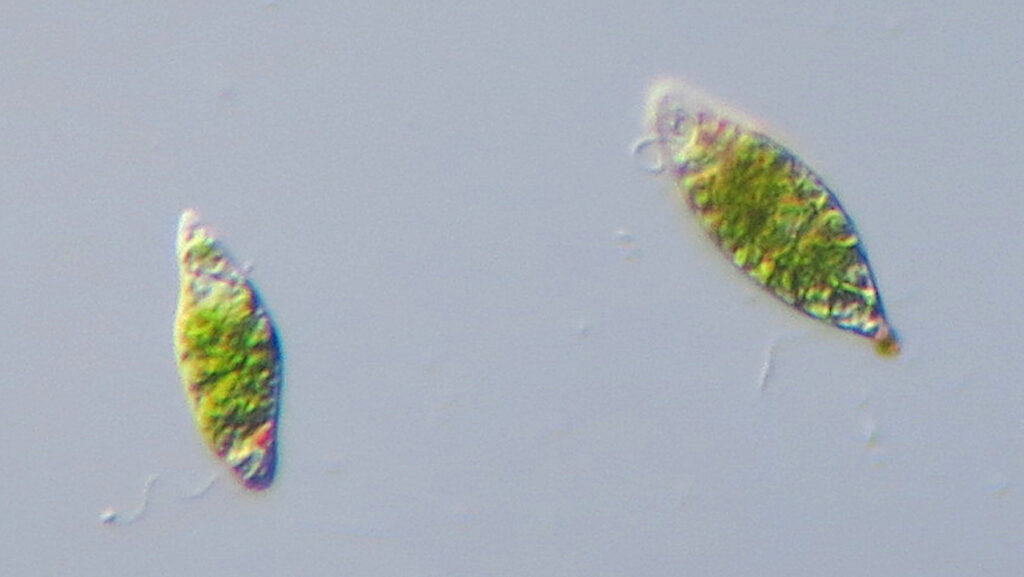SPHERE RefPlanets: Search For Epsilon Eridani b And Warm Dust

We carried out very deep VLT/SPHERE imaging polarimetry of the nearby system Eps Eri based on 38.5 hours of integration time with a 600 – 900 nm broadband filter to search for polarized scattered light from a planet or from circumstellar dust using AO, coronagraphy, high precision differential polarimetry, and angular differential imaging.
We have improved several data reduction and post-processing techniques and also developed new ones to further increase the sensitivity of SPHERE/ZIMPOL. The data provide unprecedented contrast limits, but no significant detection of a point source or an extended signal from circumstellar dust. For each observing epoch, we obtained a point source contrast for the polarized intensity between 2⋅10−8 and 4⋅10−8 at the expected separation of the planet Eps Eri b of 1” near quadrature phase.
The polarimetric contrast limits are about six to 50 times better than the intensity limits because polarimetric imaging is much more efficient in speckle suppression. Combining the entire 14-month data set to the search for a planet moving on a Keplerian orbit with the K-Stacker software further improves the contrast limits by a factor of about two, to about 8⋅10−9 at 1”. This would allow the detection of a planet with a radius of about 2.5 Jupiter radii.
The surface brightness contrast limits achieved for the polarized intensity from an extended scattering region are about 15 mag arcsec−2 at 1”, or up to 3 mag arcsec−2 deeper than previous limits. For Eps Eri, these limits exclude the presence of a narrow dust ring and they constrain the dust properties. This study shows that the polarimetric contrast limits for reflecting planets with SPHERE/ZIMPOL can be improved to a level <10−8 simply by collecting more data over many nights and using the K-Stacker software.
C. Tschudi, H.M. Schmid, M. Nowak, H. Le Coroller, S. Hunziker, R.G. van Holstein, C. Perrot, D. Mouillet, J.-C. Augereau, A. Bazzon, J.L. Beuzit, A. Boccaletti, M.J. Bonse, G. Chauvin, S. Desidera, K. Dohlen, C. Dominik, N. Engler, M. Feldt, J.H. Girard, R. Gratton, Th. Henning, M. Kasper, P. Kervella, A.-M. Lagrange, M. Langlois, P. Martinez, F.Ménard, M.R. Meyer, J. Milli, J. Pragt, P. Puget, S.P. Quanz, R. Roelfsema, J.-F. Sauvage, J. Szulagyi, Ch. Thalmann, A. Zurlo
Comments: 26 pages, 20 figures, 5 tables. Accepted for publication in A&A
Subjects: Earth and Planetary Astrophysics (astro-ph.EP); Instrumentation and Methods for Astrophysics (astro-ph.IM)
Cite as: arXiv:2404.19504 [astro-ph.EP] (or arXiv:2404.19504v1 [astro-ph.EP] for this version)
Related DOI:
https://doi.org/10.1051/0004-6361/202449442
Focus to learn more
Submission history
From: Christian Tschudi
[v1] Tue, 30 Apr 2024 12:40:52 UTC (41,919 KB)
https://arxiv.org/abs/2404.19504
Astrobiology








